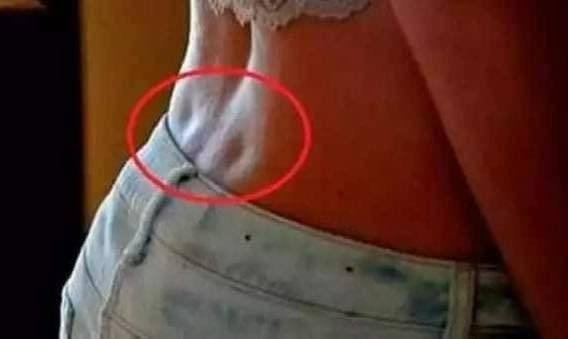What Are Those Dimples in the Lower Back? Few Know the True Story Behind Them
Have you ever noticed small indentations on some people’s lower backs? These are called “dimples of Venus,” named after the Roman goddess of beauty. While not everyone has them, those who do often consider them an attractive feature. So, what exactly are they, and why do only some people have them?
What Are Dimples of Venus?
Scientifically referred to as “fossae lumbales lateralis” or lateral lumbar indentations, these small, symmetrical dimples are located in the lower back, just above the area where the pelvis meets the spine. They’re often admired for their aesthetic appeal, and many find them to be a symbol of beauty.
These indentations are formed due to a small ligament that connects the skin to the outer edges of the iliac bone, which is part of the pelvis. The dimples are named after Venus because they have long been considered an attractive trait, often seen as an “imperfection of beauty.”
Who Has Them?
Not everyone is born with dimples of Venus, and that’s part of what makes them so coveted. They are more common in women, though men can have them too—in which case, they’re sometimes referred to as “Apollo’s dimples.” While some people are born with these dimples, they are believed to be primarily genetic, passed down from one generation to the next. However, the specific genes responsible for this feature haven’t been identified yet.
Can You Develop Them?
Here’s where many people are curious: can you create or enhance these dimples through exercise or other methods? Unfortunately, the answer is no. Since there aren’t any muscles in the area directly responsible for the dimples, targeted exercises won’t make them appear. However, losing excess body fat and engaging in regular exercise can make them more visible for those who already have them. Sculpting the surrounding muscles can accentuate the indentations, making them more pronounced.
Why Are They So Popular?
Like many rare features, dimples of Venus have a certain charm and allure. Their association with beauty and sensuality has made them a sought-after trait. Some people even go to great lengths, including surgery, to try and achieve these indentations. However, for most people, they remain a natural and rare characteristic that adds to their individual beauty.
Genetic Mystery
While scientists haven’t conducted extensive research on dimples of Venus, the leading theory is that they are a hereditary trait. If you have them, chances are someone in your family does too. However, much more research is needed to fully understand how these features develop.
Do You Have Dimples of Venus?
Do you or someone you know have these unique lower back dimples? Whether you have them naturally or admire them from afar, they remain a fascinating feature rooted in both genetic heritage and cultural perceptions of beauty.
